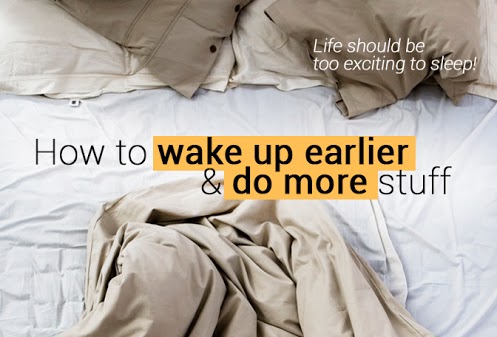Courtesy: Matt Hunt
During a rainy vacation day last summer, I watched my six-year-old son playing a game on my iPad.
He was stuck on the first level for what seemed like an eternity. Hoping to help, I tried to offer some suggestions, but he immediately turned me down. I eventually realized that he didn’t care how many times he failed that level. He was going to try everything he could until he succeeded.
For him, it was a puzzle — not a problem. In business, we could learn a few things from that type of determination to succeed.
Children are creative, ambitious and fearless — which sounds like the makings of a perfect entrepreneur, right? So, if we want to encourage innovation in business, we need to follow that example. There are several qualities kids have that many adults have lost along the way.
1. They don’t worry about failure
When a child takes on a challenge, the thought of failure doesn’t even cross her mind. It’s not that she thinks she’ll succeed immediately; it’s that she knows she has to try different things to succeed. She also isn’t afraid of what other people might think. Kids have more self-confidence than self-consciousness.
We all understand the importance of trial and error in moving our ideas, businesses and lives forward, but as we transition into adulthood, we lose our willingness to experiment. We lose our tolerance for failure. We become conditioned to mitigate risks to preserve our wealth and egos, particularly when our financial futures are dependent upon the success of our self-run businesses and ventures.
The older we get, the more comfortable we become with our lives. It becomes more and more difficult for us to manage our own risk-versus-reward equation.
2. They appreciate the process
Kids don’t expect to know everything. Their minds are open, and they want to learn – failure is simply another method through which they gather information.
3. They recover quickly
If you watch a child lose a sport or game, you will likely see a small volcanic eruption. There’s no burst of frustration quite like that of a child, but kids also move quickly to the next challenge. As adults, we’ve learned to control ourselves better, which is good, but we often lose the ability to move on. It’s understandable that after months or years of working on a product or service, a person would be emotionally invested and would struggle to see past that one goal.
But without seeing through a wider lens, failures hold us back — often yielding more failures.
So, foster an environment that accepts failure
There’s a lot of buzz in business publications suggesting that innovation is dead. I believe it’s far from dead, but our fear of failure is paralyzing us. In order to foster innovation, we need to be able to experiment. There are many ways small business owners can promote a tolerance of risk-taking and failure.
1. Hire risk-takers: During interviews, ask qualified candidates to share their experiences with professional failure. What did they accomplish? What did they learn? What would they do differently to succeed in business? This is a great way to quickly assess an individual’s comfort level with failure and establish it as part of your organization’s culture.
2. Retention policies: In one organization I worked with, employees whose projects had failed were given 60 days to find a new position within the organization, rather than being immediately cut loose. Another option is transitioning employees to positions where they can jump into new innovation projects. Policies like these take away a major fear that comes with risk-taking, and they encourage employees to be more adventurous.
3. Address risk-taking and failure: Ensure that employees and managers are communicating about risks and failures. One CEO I worked with added a section to his company’s annual review process in which employees captured their failures and discussed them with their managers. This is a great way to lead employees beyond their failures and on to more successes. You can also see if employees have escaped failure, which often means they’re being too cautious.
4. Demonstrate transparency: No organization is flawless, and sharing the mistakes a company makes with its workforce establishes the expectation that all employees, from the top down, share failures. Not only does this communicate that failure is valued as part of a learning process, but it also offsets the cost of failure by sharing lessons learned.
No matter how much we try to avoid failure, it will happen one way or another. You can make the most of it and use it to your advantage, or you can let it block progress.
My son finally did solve that level of the game – and many more after it. If your company and employees can learn to fail like children, who knows what level you will reach.
Matt Hunt is the founder of Stanford and Griggs, LLC in Inver Grove Heights, Minnesota. Hunt is also an author, speaker and consultant.















